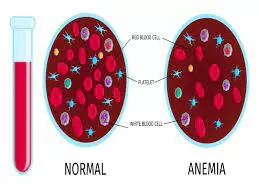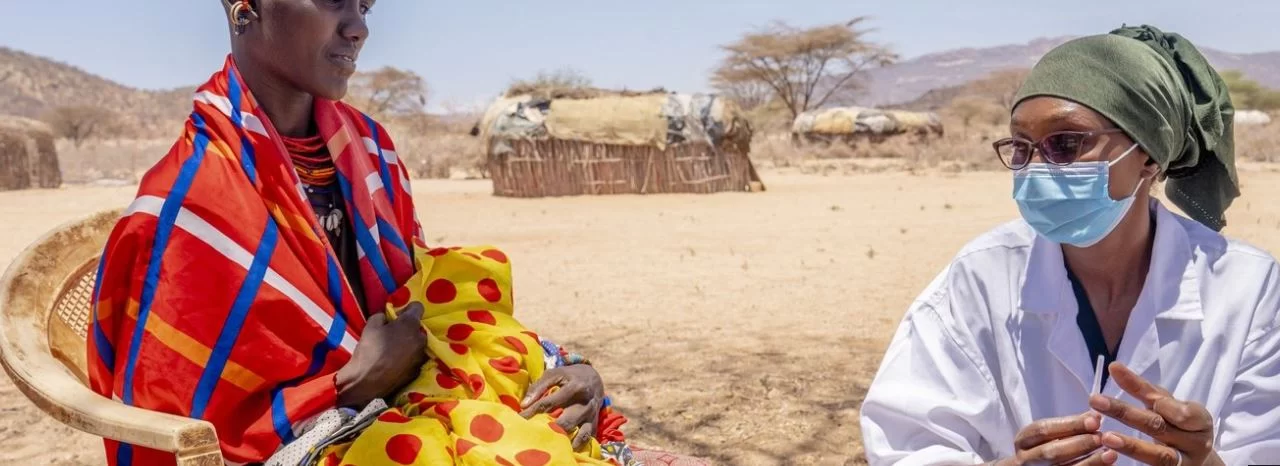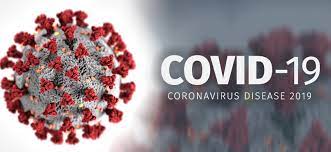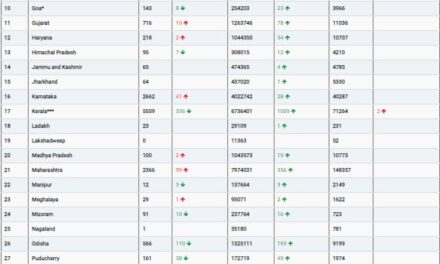
“Most work on addressing anaemia has been focused on the prevention and treatment of iron deficiency,” says Francesco Branca, the Director of WHO’s Department of Nutrition and Food Safety. “However, anaemia is a complex condition with multiple causes – including other nutritional deficiencies, infections, inflammation, gynaecological and obstetric conditions, and inherited red blood cell disorders.” All must be addressed to effectively prevent and treat anaemia.
The new framework sets forth ways to address the direct causes, risk factors and broad social inequities that are fundamental drivers for anaemia. It describes the necessarily comprehensive approach that brings together multiple sectors and actors, and lays out key action areas to improve the coverage and uptake of interventions
Acknowledging that health remains the predominant sector for delivering many of the recommended interventions, the framework also proposes actions that other societal stakeholders can take. These include governments, civil society, academia, researchers, funding agencies, international organizations and media. Each has its particular role to perform in reducing anaemia and keeping people healthy.
The framework is launched during the International Maternal Newborn Health Conference.












